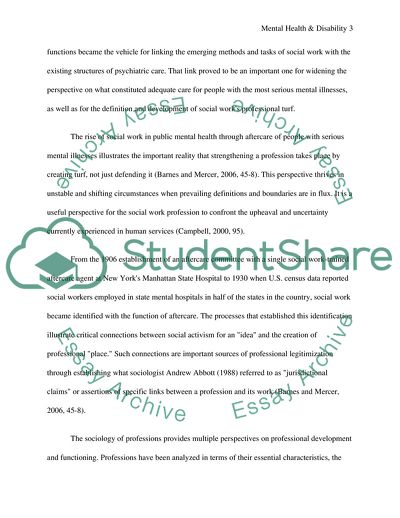Cite this document
(Mental Health and Disability Coursework Example | Topics and Well Written Essays - 3500 words - 1, n.d.)
Mental Health and Disability Coursework Example | Topics and Well Written Essays - 3500 words - 1. https://studentshare.org/health-sciences-medicine/1710157-mental-health-and-disability
Mental Health and Disability Coursework Example | Topics and Well Written Essays - 3500 words - 1. https://studentshare.org/health-sciences-medicine/1710157-mental-health-and-disability
(Mental Health and Disability Coursework Example | Topics and Well Written Essays - 3500 Words - 1)
Mental Health and Disability Coursework Example | Topics and Well Written Essays - 3500 Words - 1. https://studentshare.org/health-sciences-medicine/1710157-mental-health-and-disability.
Mental Health and Disability Coursework Example | Topics and Well Written Essays - 3500 Words - 1. https://studentshare.org/health-sciences-medicine/1710157-mental-health-and-disability.
“Mental Health and Disability Coursework Example | Topics and Well Written Essays - 3500 Words - 1”. https://studentshare.org/health-sciences-medicine/1710157-mental-health-and-disability.


